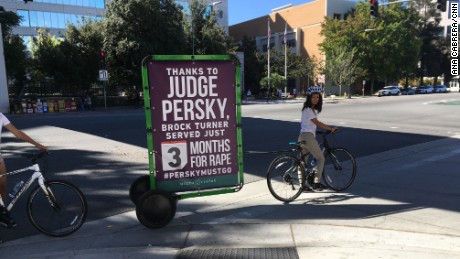Students can stop by the college's Campus Office for Substance Abuse Prevention to pick up free coasters designed to detect if two common date rape drugs are present in drinks. The coasters test for gamma hydroxybutyrate (GHB) and ketamine, two of the most common date-rape drugs, according to the National Institute on Drug Abuse. GHB is a depressant that causes drowsiness and nausea; ketamine is an anesthetic that reduces feeling and can distort victims' senses. To test with the coasters, users take a drop of their drink and rub it on two small circles (one tests for GHB, another for ketamine) and wait to see if the circles' colors change. A blue circle means the drink is spiked.Randall Sterling, the office's senior research scientist, said student fees pay for the coasters, which are shared with campus groups like Greek organizations, too. The coasters can be a small but crucial effort in curbing date rape — or even making potential predators think twice, he said."We hear tales. We all know someone (affected)," he said.
It's difficult to study drugged rape and sexual assault
The prevalence of sexual assault on college campuses can be difficult to quantify. In a campus climate survey of nine public, private and community colleges and universities, the US Department of Justice found as many as 51% of women said they'd been sexually assaulted or raped by their senior year. Most incidents were informally reported to friends or family: 68% of sexual batteries and 64% of rapes. Only 4.3% of sexual battery incidents and 12.5% of rapes were reported to authorities during the study.  The use of date-rape drugs in sexual assault is even harder to prove. A survey from Alcohol.org, a branch of the American Addiction Centers, found that 56% of women and 44% of men said their drinks were spiked without their knowledge. Nearly 40% of respondents said it happened more than once. But the majority of respondents — 41% — didn't know what substances had been used to drug them. That's because more than 100 different substances have been used in reported date rapes, according to the Society of Forensic Toxicologists. Most of them are colorless and odorless and easily dissolve into liquid. These drugs can leave the body within 12 to 72 hours after their consumption, according to the Rape, Abuse & Incest National Network (RAINN). The organization recommends victims who suspect they've been drugged and assaulted Read More – Source
The use of date-rape drugs in sexual assault is even harder to prove. A survey from Alcohol.org, a branch of the American Addiction Centers, found that 56% of women and 44% of men said their drinks were spiked without their knowledge. Nearly 40% of respondents said it happened more than once. But the majority of respondents — 41% — didn't know what substances had been used to drug them. That's because more than 100 different substances have been used in reported date rapes, according to the Society of Forensic Toxicologists. Most of them are colorless and odorless and easily dissolve into liquid. These drugs can leave the body within 12 to 72 hours after their consumption, according to the Rape, Abuse & Incest National Network (RAINN). The organization recommends victims who suspect they've been drugged and assaulted Read More – Source






